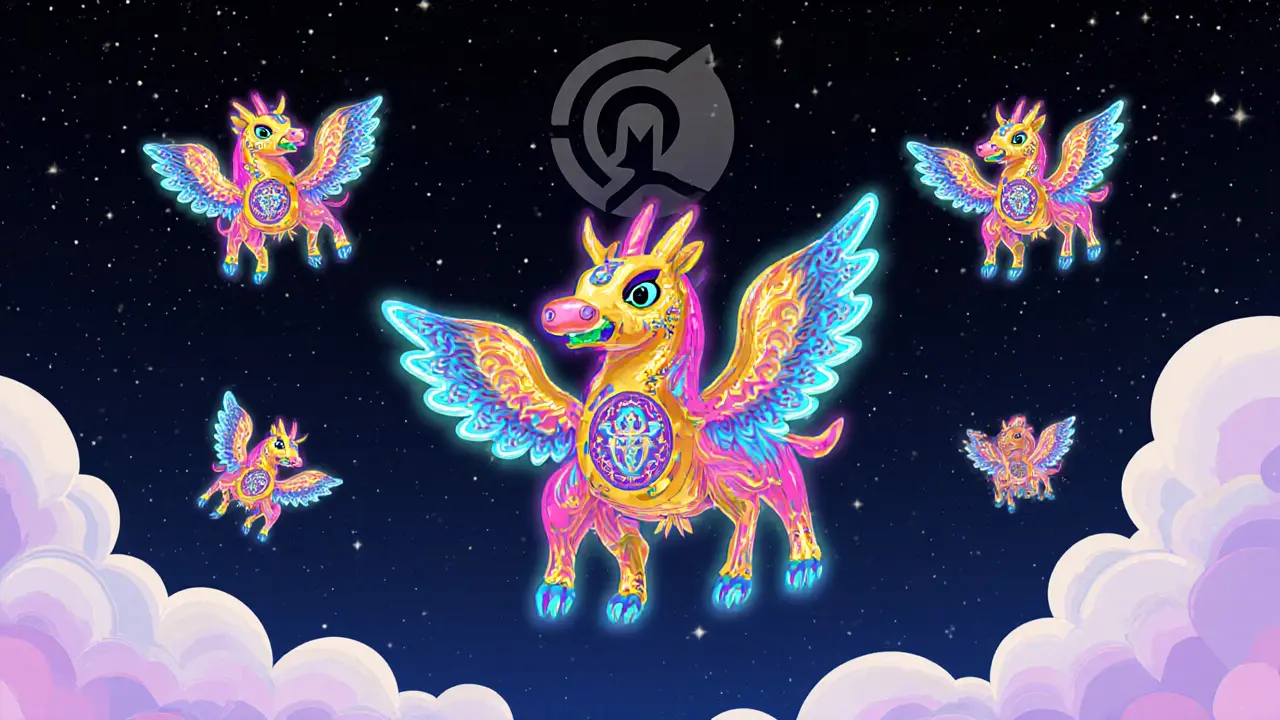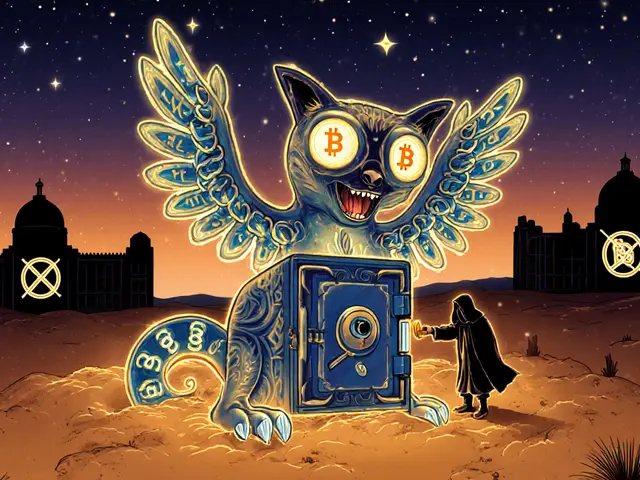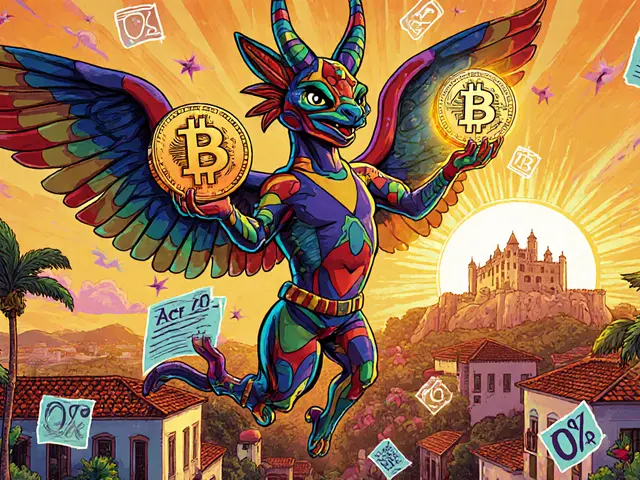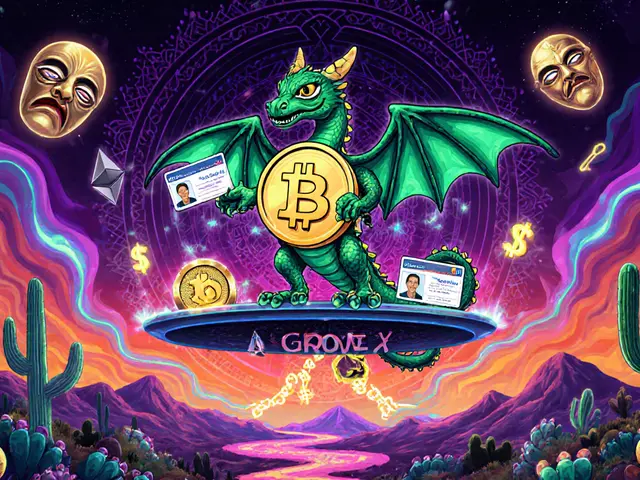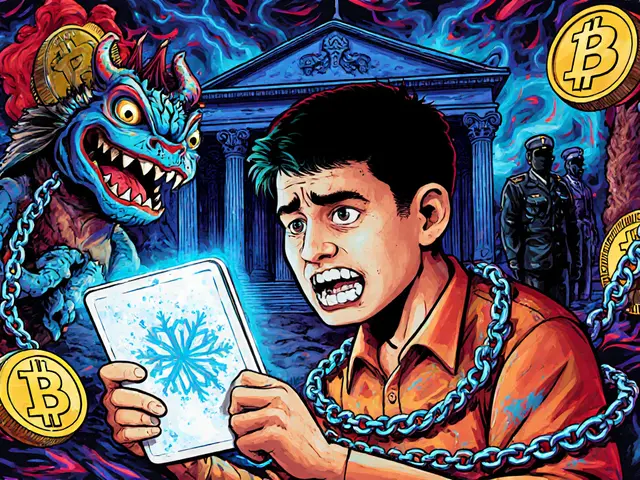Lunar airdrop: What It Is, Why It Matters, and What You Need to Avoid
When you hear "Lunar airdrop, a claimed token distribution tied to a lunar-themed crypto project", be careful. There is no verified Lunar airdrop from any legitimate blockchain project. This term pops up in fake Telegram groups, misleading Twitter posts, and sketchy websites trying to steal your wallet keys. Real airdrops don’t ask for your seed phrase. They don’t require you to pay gas fees to "claim" free tokens. And they definitely don’t promise moon-level returns for signing up with an email.
crypto airdrop, a free distribution of tokens to wallet addresses to grow a community or launch a protocol can be powerful—if it’s real. Projects like MetaMask, zkSync, and Arbitrum have given away tokens to early users who actively used their networks. These weren’t random. They were tied to actual on-chain activity. But the crypto scams, fraudulent schemes disguised as airdrops to trick users into handing over private keys or paying fake fees? They’re everywhere. They use names like "Lunar", "MoonX", "GalaxyCoin", or "Luna2.0" to ride on hype. They copy real logos. They fake Twitter followers. They even post fake screenshots of token balances.
token distribution, the process by which a blockchain project releases its native tokens to users, developers, or investors should be transparent. You’ll see it on the official website. You’ll see it announced in the project’s official Discord or GitHub. You’ll see a clear timeline, eligibility rules, and a verifiable smart contract address. If you’re told to "join now before it’s gone" or "act fast or miss out", that’s not a token drop—it’s a trap.
Look at what’s real. The LACE airdrop from Lovelace World? Never happened. The CryptoTycoon (CTT) airdrop? Doesn’t exist. The YAE airdrop from Cryptonovae? No official word. And PERA from Pera Finance? Only earned through trading—not given away. These aren’t exceptions. They’re the norm. Most "airdrops" you see online are empty promises. The ones that matter? They’re quiet. They don’t shout. They don’t need influencers. They just show up on your wallet after you’ve used their app for months.
If you want to find real opportunities, stop chasing "Lunar airdrops". Start checking official project channels. Look at on-chain data. See if the token has trading volume. Check if the team is doxxed. Ask: "Would this project really give away free tokens to random people?" If the answer feels off, it is. Real airdrops reward participation, not gullibility.
Below, you’ll find real breakdowns of failed airdrops, fake tokens, and how to spot the difference before you lose your crypto. No fluff. No hype. Just what actually happened—and how to avoid it next time.
